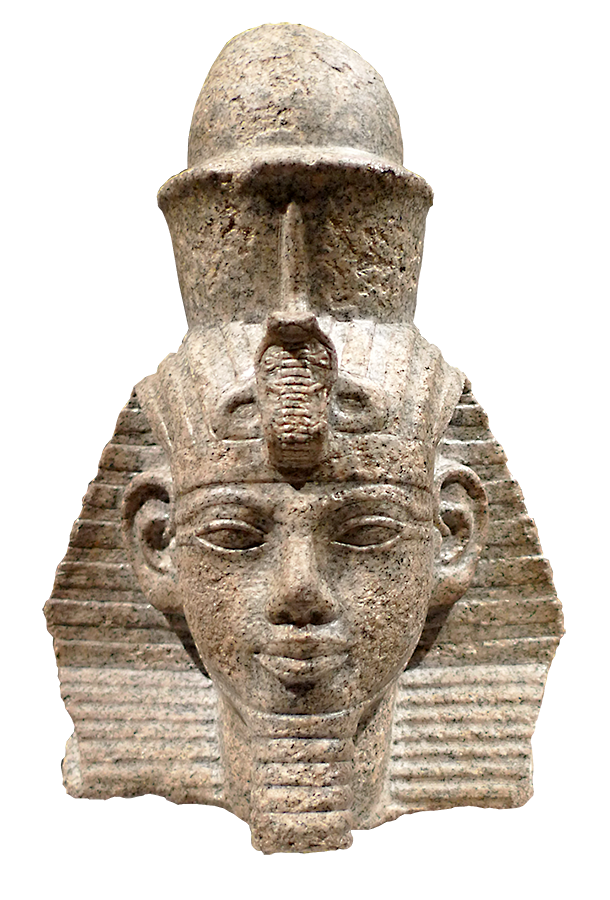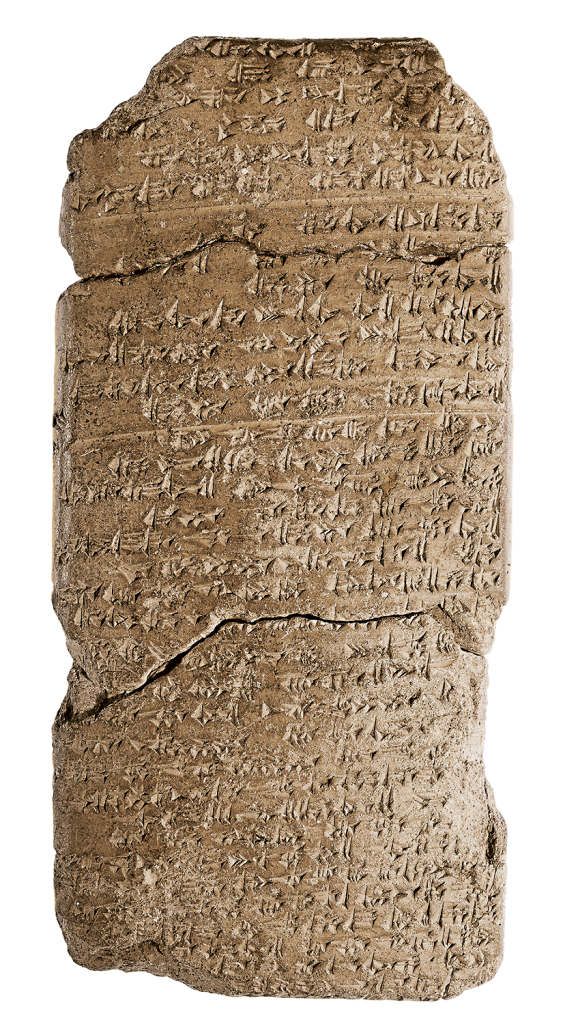
Bible, History, Archaeology
Bible,
History,
Archaeology
Canaan, Israel or Palestine?
According to the Scripture, after a sojourn of more than four centuries in the land of Goshen in the Nile Delta and a forty-year wandering in the Sinai Peninsula, the twelve tribes of Israel stand on the eastern bank of the Jordan north of the Dead Sea, facing the city of Jericho. They are ready to enter «the land of milk and honey». The Book of Joshua, which relates this conquest, is a direct continuation of the Book of Joshua. Deuteronomy, fifth and last book of the Law (Pentateuch), (Because of the direct relationship between the Book of Joshua and the five books of the Pentateuch, some historians refer to the whole as the Hexateuch).
Canaan: a question of toponymy
What should we call the land the Hebrews are about to enter: Canaan, Israel or Palestine?
Each of these terms refers to a different geopolitical reality.
Canaan refers to the region between the Jordan River to the east and the Great Sea (Mediterranean) to the west. It is a geographical name that does not prejudge the identity of the people living there.
Israel refers to both a political entity and a specific people. The Book of Joshua tells of the conquest and settlement of the twelve tribes in the land of Canaan, but it is not just a political entity. the foundation of a «true» State of Israel would not appear until the establishment of the monarchy with the first two kings, Saul and David, around the 11th century BC. 
Image opposite: bronze statue of Hadrian discovered in the military area of the VIth Legion at Tel Shalem. Israel Museum. Carol FollowingHadrian.
Palestine's origins probably lie in the settlement of this region by the Peleset, Philistines, one of the «Sea Peoples». Driven out of Egypt by Ramses III in year 8 of his reign and by Merenptah around 1208 BC, these invaders settled on the eastern shore of the Mediterranean. It refers to the same territory, but this term (never mentioned in the Bible) replaces Canaan at a much later period. Even though the Greeks sometimes use this word, we don't know exactly what it refers to, it was the Romans who imposed the administrative term Palestine (Provincia Syria-Palaestina) after crushing the Jewish revolt of Bar Kokhba in 135 CE, under the emperor Hadrian, with the aim of erasing in name the memory of the Jewish states that succeeded it. It was not until the 4th century AD that this region was referred to by the name of Palestina.

A group of Philistine prisoners taken into captivity. Bas-relief engraved on one of the interior walls of the temple of Ramses III at Medineh Habou © Théo Truschel.
Canaan, 16th to 11th centuries B.C.

From the 16th century BC onwards, Canaan came under the direct or indirect political influence of Egypt, from which it was separated by the northern Sinai desert zone. The Egyptians used the term Retenou to designate it.
Image opposite: Bust of Amenophis III © Neues Museum Berlin/Théo Truschel.
The many campaigns waged by the pharaohs of the New Kingdom (1570-1070 BC) along the Mediterranean coast enabled Egypt to bring under its control a number of Canaanite cities ruled by kinglets. Indeed, the walls of the two temples of Amun at Karnak contain lists of a number of Canaanite cities taken and plundered by the pharaohs Thutmôsis I (c. 1524-1518 BC) and Thutmôsis III (c. 1504-1450 BC). From this time onwards, the region, parts of which were directly administered by the Egyptian government, became part of the New Kingdom and had to pay tribute along with other territories to the north of the Levant. There was also a mix of religious influences, with Canaanite deities such as Astarte appearing in Egypt, and temples dedicated to Egyptian deities in Gaza and Beth-Shean in Canaan.
Image opposite: Temple of Thutmosis III at Deir el-Bahari. Portrait of the sovereign wearing the Khepresh on a polychromed limestone bas-relief. Originally part of a scene presenting four calves to the god Amun-Ra-Kamutef © Musée de Louqsor/Theo Truschel.
Populations were turbulent, quick to revolt and to free themselves from foreign tutelage, hence the frequent military expeditions to Canaan and the northern Levant. We have records of these campaigns led by Pharaohs Amenophis II (c. 1453-1419 BC) and Thutmosis IV (c. 1419-1386 BC). But it's above all from the reign of Amenophis III (c. 1386-1349 BC), through to the reigns of Tutankhamun (c. 1334-1325 BC) and Ay (c. 1325-1321 BC), that we're most familiar.C.), that we know most about the social and political situation in Canaan, thanks to the chance discovery in 1887 of the famous Akkadian cuneiform tablets unearthed in the short-lived capital of Pharaoh Akhenaten (Amenophis IV). Although Israel's name is not mentioned in these diplomatic archives, the tablets provide us with information on the correspondence exchanged between several city-states and the court of the pharaohs whose vassals they were. They describe the tensions, rivalries and struggles between the various small Canaanite kingdoms.
 The ‘Apirou (or Habirou)
The ‘Apirou (or Habirou)
In these El Amarna tablets, Jerusalem's king Abdiheba complains to the Egyptian administration that the latter prefers ‘Apiru to the leaders of the Canaanite cities, the caravans were intercepted and the city of Jerusalem found itself virtually isolated (EA 287).
The ‘Apiru can already be found in other ancient Near Eastern texts, such as this Egyptian papyrus dating from the New Kingdom: « Give rations to the soldiers and ‘Apiru who cut the stone for Ramses' great pylon. […] ».
Image opposite: one of the many «letters» unearthed at Tell el-Amarna, written in Akkadian cuneiform. On this tablet, the king of Jerusalem, Abdi-Hepa, asks for help against the foreign invaders ‘Apiru. The various Tell el-Amarna tablets have been dispersed to museums in Europe and the USA. © Neues Museum, Berlin.
The word ‘Apiru means «inhabitants of the sands» and refers to nomadic groups «on the bangs of Canaanite urban society directly linked, in Canaan, to Egyptian power».» (André Lemaire).
In a tablet (EA 67), the ‘Apiru are even compared to «dogs that run». Considered outlaws, they sometimes served as mercenaries to certain kings, and the king of Hazor was denounced for aligning himself with them (EA 148).
The importance of ‘Apiru in this region of the ancient Near East in the 14th century helps us to better understand the political and social context in which the tribes of Israel probably progressed in their conquest, even if the rapprochement between the ‘Apiru and the Hebrews remains the subject of much debate among historians. Surface archaeological investigations reveal that depopulation was particularly marked at this time, in the hills and mountains dominated by insecurity.

Find out more
Theo Truschel, The Bible and archaeology.
This lavishly illustrated book presents the biblical story from Abraham to the apostle John and his Apocalypse.
Its originality stems from the paralleling of biblical tradition with historical figures, from both the First and New Covenants, situated in what we know today of this civilization and those of the surrounding countries. Questions about the writing and transmission of documents are addressed in the very first chapter.
Numerous richly illustrated hors-texts present archaeological discoveries in Israel, Egypt, Iraq and Iran, and their sometimes controversial interpretations. They deal with the specific study of sites (Samaria, Mount Ebal, Tanis, Elephantine Island), certain stelae (Mesha, Tell Dan, Merenptah) and various exhumed objects (ivory grenade).


 The ‘Apirou (or Habirou)
The ‘Apirou (or Habirou)